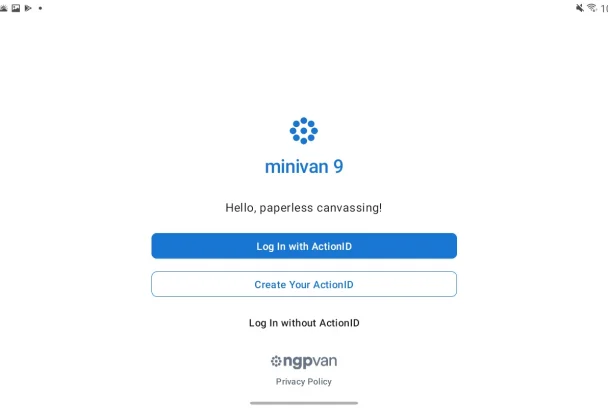Soft Keys (home back button)

- Updated
- Version 4.0
- Requirements Android 4.1+
- Genre Apps / Tools & Utilities

Soft Keys — Android's digital lifeline for when physical navigation buttons decide to call it quits, and the user is stuck with ghost home/back/recent app commands. Whether it's a broken screen digitizer, worn-out capacitive sensors, or just time taking its toll on your hardware, these apps turn your touchscreen into a command center.
Digital buttons for analog failures
These apps create onscreen navigation bars that mimic Android's stock three-button layout: back, home and recent apps. The thing is that accessibility services do the exact same thing without root, and there are a bunch of apps on the Play Store like Soft Key 2 by Dogusumit, SoftKey by Vimal CVS and about half a dozen differently-named "Back Button Pro" versions with all sorts of permutations of numbers and wording in their names. The setup is usually the same: set up as normal buttons, adjust the app's permissions to allow drawing on top of other apps with an overlay, then add an accessibility service that lets your virtual buttons actually navigate around.
Many apps also provide a whole host of customization options such as bar position (top, bottom, left or right), transparency levels, button themes, sizes and colors to make it fit your Android version or individual style. Premium options are distinguished from basic alternatives by enhanced functions. Auto-hide support hides navigation bars when the keyboard is shown and provides full-screen app compatibility. Long-press actions can include shortcuts to split-screen mode, the power menu or volume controls. Some apps also have sliding gestures where swiping up exposes hidden buttons, and there are multiple theme packs that mimic various versions of Android from Ice Cream Sandwich to the latest Material Design.
When virtual beats physical
The applications for which these apps are great go well beyond simple device failures. People with older devices that have weak and wobbly buttons find software options work like a charm every single time. Those who prefer a different navigation layout can place virtual buttons wherever they like, regardless of where the original hardware is located. Tablets which have no hardware navigation at all get something they should have had long ago. For repair scenarios, soft key apps act as a temporary bridge between damage and restoration. Capacitive buttons may also succumb to water damage, but touchscreens continue to work well, which is why virtual replacements are the only option for navigation in this case.
The accessibility permission reality
All soft key apps need Android's accessibility service permission, which involves a lot of power and access to the system that some people are uncomfortable with. With these permissions, apps can read a screen's contents, simulate touches and watch how the user interacts with the device — all well beyond mere button replacement and deeply worrying from a privacy standpoint. There are inherent limitations in the technical implementation. On smaller screens, in particular, virtual buttons take up valuable space that could be used by other apps. Some applications interact horribly with keyboards or status bars, or fullscreen apps that require constant tweaking of position and visibility settings. The battery impact varies from app to app; poorly optimized versions can drain noticeably as background processing runs permanently. Many choices are unstable; for instance, accessibility permissions mysteriously disable themselves and the navigation bar disappears until re-enabled.
Performance inconsistencies across apps
The quality of apps is all over the map. Soft Keys 2 is recommended for its reliability and options to tweak settings, but there are complaints of random theme changes and losing settings after updates. SoftKey provides clean UI and is responsive but has problems with accessibility permissions that keep getting disabled. Many alternatives flood the interface with obnoxious ads or interrupt essential functions. Some of the free versions won't let you turn off the watermark or limit how many times you can position buttons in different places, so "free" becomes difficult for real use. User reviews bear out the truth: soft key apps either work great, or they don't, and there isn't much room in between. Success varies significantly based on individual Android builds, device manufacturers and interference from other accessibility services.
The accessibility tool dilemma
The users these apps primarily serve are those with actual hardware failure or physical accessibility needs, so affected populations need the support more than those who can get by without it. But the wide-reaching permissions and varying degrees of quality in implementation raise security and reliability issues, making recommendations more complex than they should be. For devices with working hardware buttons, soft key apps don't add much except aesthetic modifications. They turn broken gadgets into useful tools when navigation controls fail, though there are technical compromises and setup complications.
Success depends on one's level of patience with setup, comfort with sacrificing some screen space and willingness to reset permissions periodically. For those seeking to temporarily bridge the gap until repairs are available, these apps are acceptable solutions; for permanent replacements though, users need an ongoing, actively updated and maintained experience. These are necessity-driven software rather than enhancement-focused apps, tools that exist because hardware fails, not because virtual buttons improve on physical ones.



















No comments yet :(